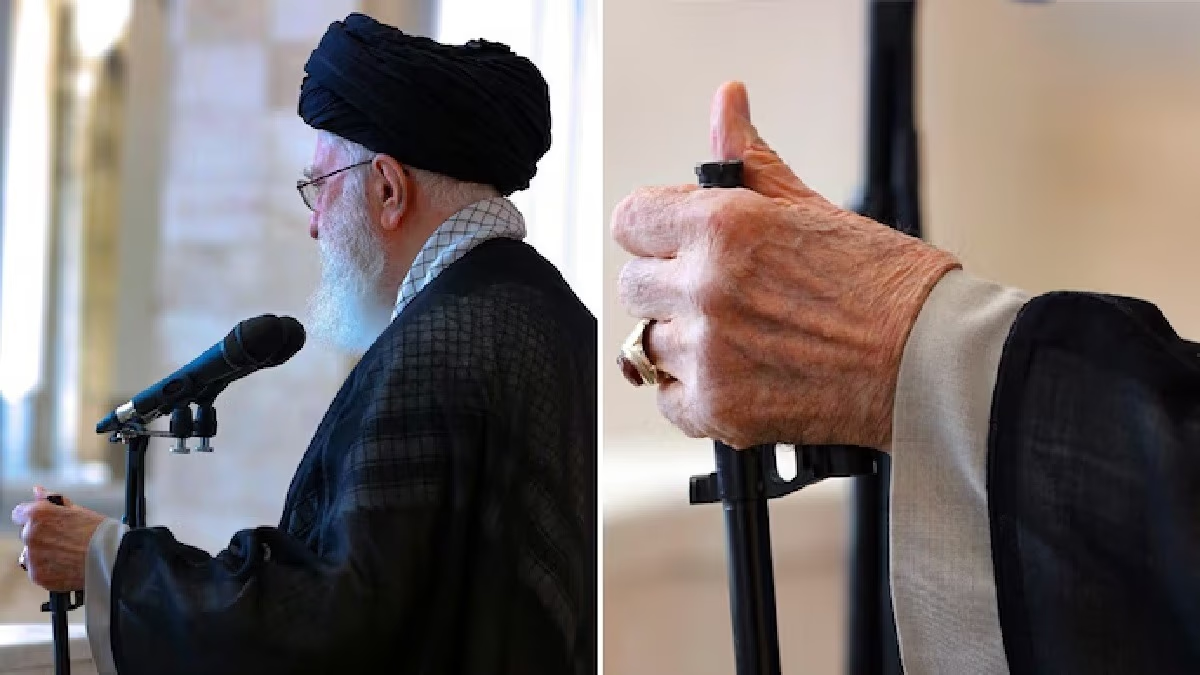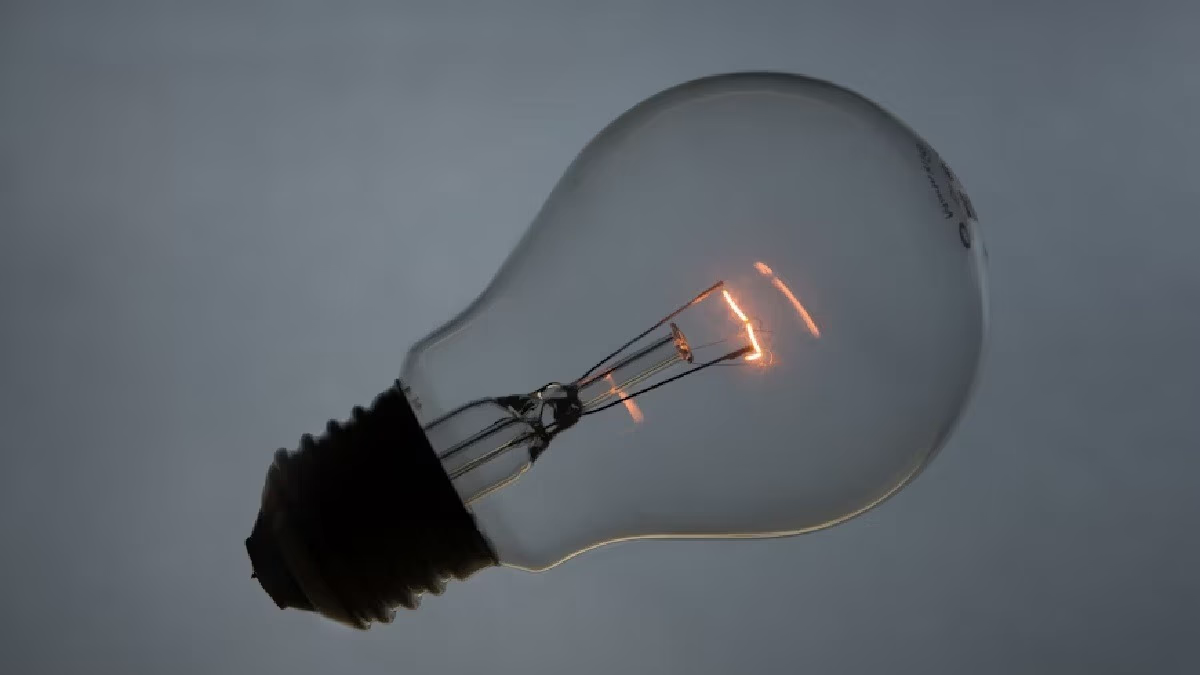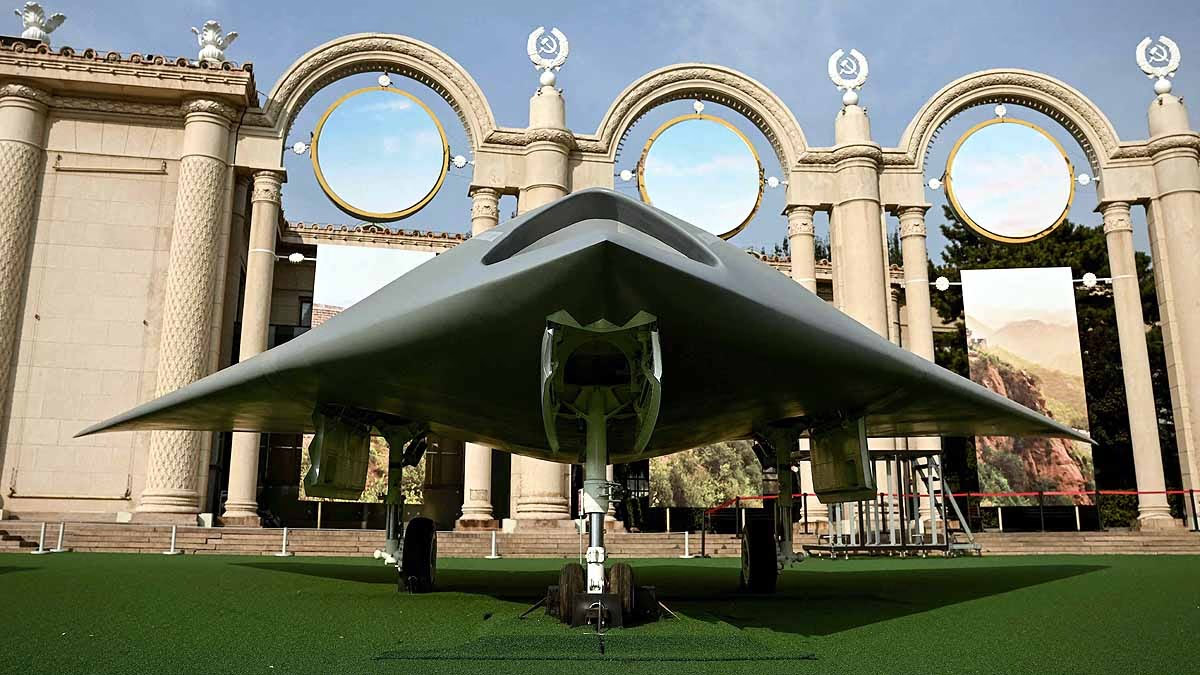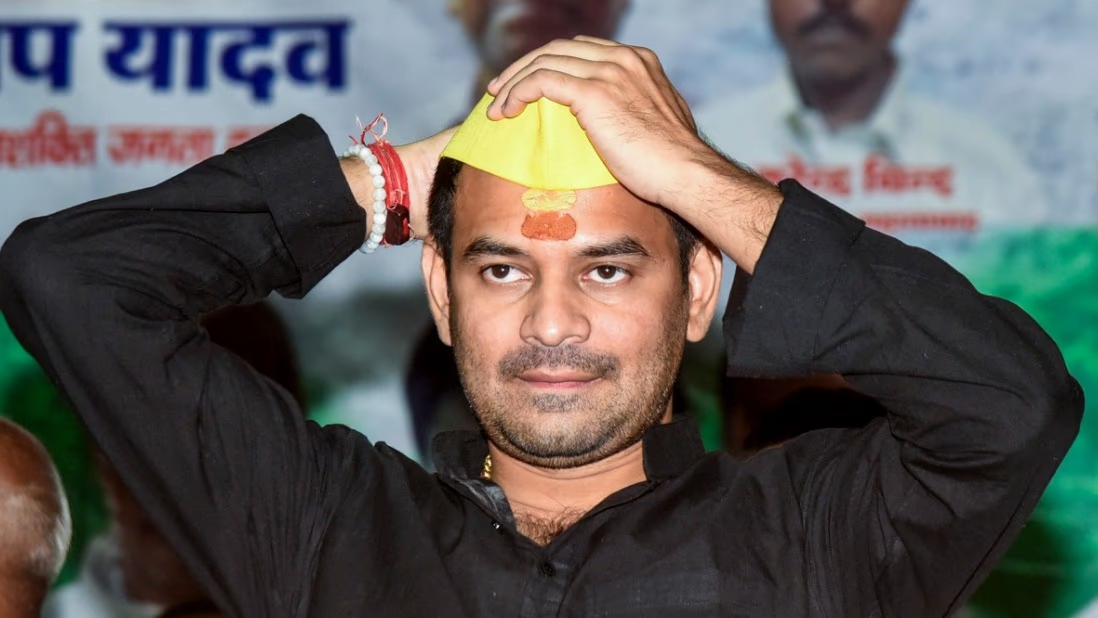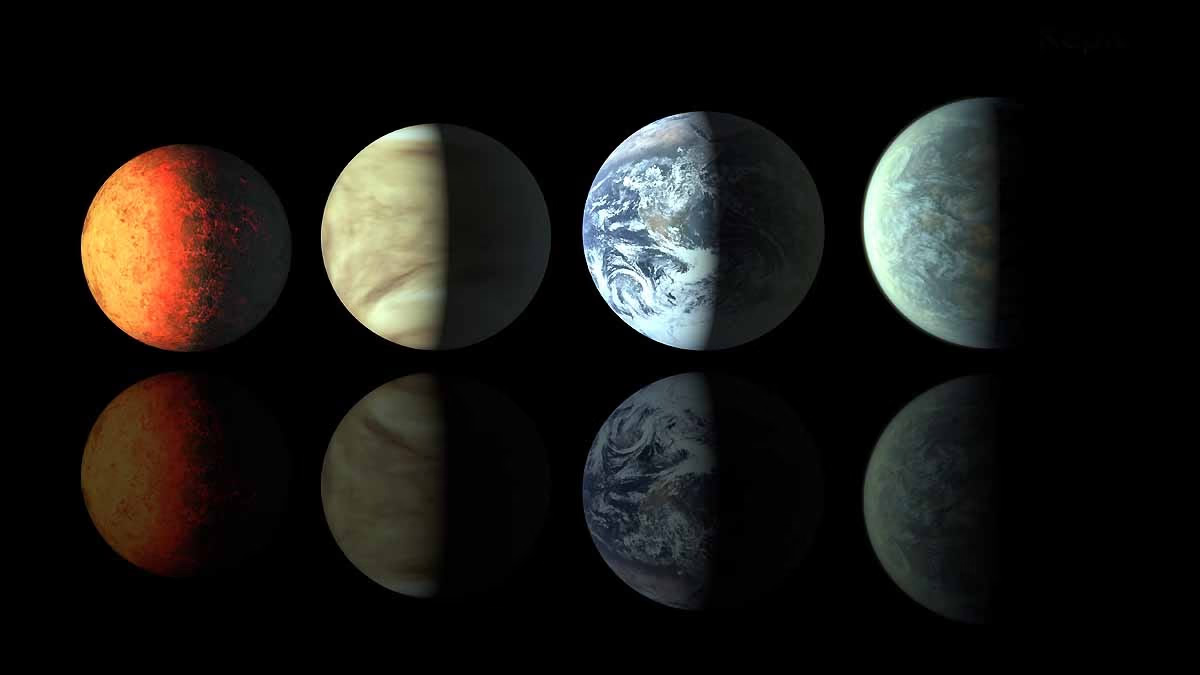Will Iran launch another attack on Israel? If so, what implications could it hold? The most significant news revolves around a potential direct conflict between Israel and Iran. In response to Iran's initial strikes, the world anticipated Israel's rebuttal. However, Iran's Supreme Leader Khamenei's remarks were akin to fueling the fire.
The global gaze currently rests on the Israeli and Iranian stand-off. Everyone is keen to find out what lies ahead. Three reporters from Today are covering the war from three distinct countries. Gaurav Sawant reports from Tel Aviv, Israel, Ashraf Wani from Beirut, Lebanon, and Rajesh Pawar from Tehran, Iran.
First, let's focus on the widely-discussed image of Iran's Supreme Leader brandishing a rifle while sending a dire warning to Israel. What message was he trying to convey by doing so? The image has sparked intrigue globally.
From Tehran, Iran's capital, Khamenei’s image surfaced soon after the death of Hezbollah Chief Nasrallah. What noteworthy element does this image hold?
Before exploring the full tale behind this image, let's review the key points of Ayatollah Khamenei’s address, gathering crowds at the Mosalla Mosque. They voiced slogans against Israel and the United States. Ayatollah Ali Khamenei called for unity among Islamic countries during his Friday prayer address, making it his first direct address at such a gathering in four years.
Observe the much-debated image as well. Ayatollah Khamenei brandished a rifle during the speech. It's customary for him to hold a rifle while addressing the crowds.
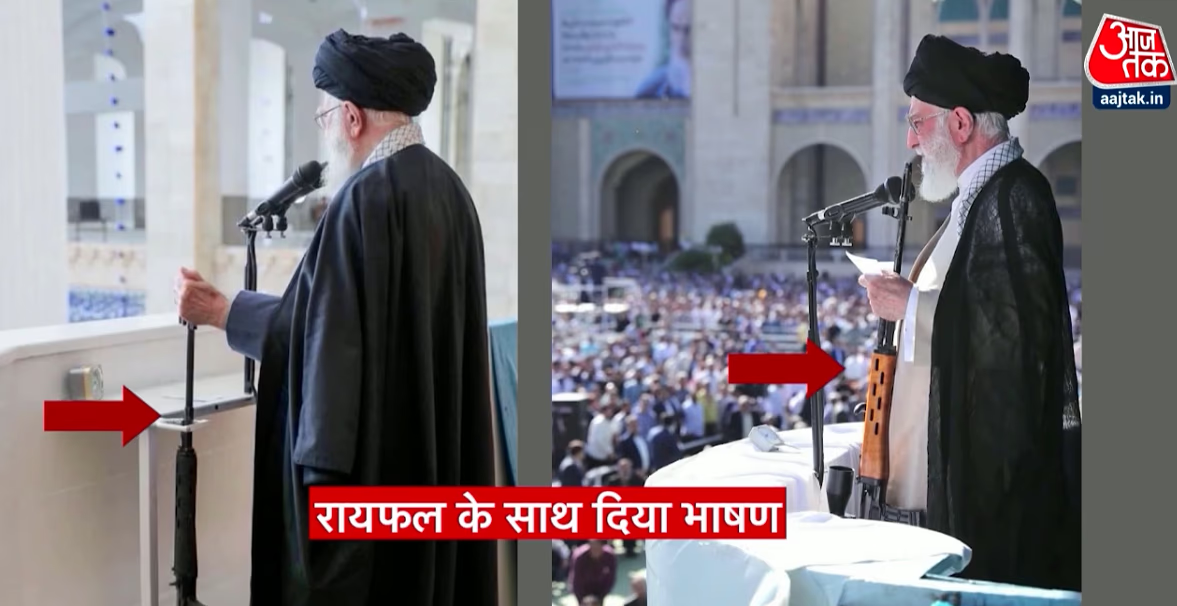
Source: aajtak
Justifying Attacks on Israel
In his speech, Iran's Supreme Leader completely justified the attacks on Israel, vowing possible future strikes if deemed necessary. Khamenei stated that the military response against Israel was the least for its crimes. Hailing Nasrallah as a brother, he described him as a “shining jewel” of Lebanon.
These images of Khamenei have spawned multiple interpretations. Some perceive them as signals of Iran grappling with shock, grief, and anger after Nasrallah's demise. Others view Khamenei’s armed stance as conveying diverse messages.
Strength Displayed Through Speech
Observers suggest that Khamenei, through this address, aimed to exhibit strength while pacifying his nation's citizens. He attempted to dismiss rumors of him fearing for his life following the deaths of Hamas leader Ismail Haniya and Hezbollah's top leader Hassan Nasrallah. This gathering can be seen as a display of solidarity. Present were Iran's new President Masoud Pezeshkian and leading government figures. Khamenei also dismissed fears concerning Iran’s support for its regional proxies due to Israel’s recent actions.
Remarkably, Ayatollah Ali Khamenei delivered a similar speech four years ago, in response to the U.S. assassination of top commander General Qasem Soleimani. Iran reciprocated then as well by attacking U.S. bases. Despite potential plans of targeting Iran, Israel currently redirects its prime focus on Lebanon, aiming to drive Hezbollah back.
Israel's Intent to Push Hezbollah 30 km Behind Lebanon's Border
Israel desires Hezbollah’s retreat from Lebanon's border back by 30 kilometers, essentially positioning Hezbollah behind Lebanon’s Litani River. Israel has consistently sought either natural boundaries or buffer zones to safeguard its territories. The Jordan River separates Israel from Jordan, the Sinai Desert creates a divide from Egypt, and the buffer zone alongside the Golan Heights separates it from Syria. However, this isn’t the case along its border with Lebanon. This led to a 2006 UN proposal advocating a 850 sq km buffer zone south of the Litani River, to be patrolled by UN Peacekeeping forces and the Lebanese army. This arrangement aims for a withdrawal of both Israel and Hezbollah's militants from the border. Following last year's Hamas attacks, Israel is adamant about eliminating Hezbollah's presence from its border, pushing into Lebanon under the guise of justifying the establishment of a buffer zone.
Deliberations in Biden's Administration Regarding Strikes on Iran
A Wall Street Journal report reveals deliberations within Joe Biden's administration concerning potential strikes on Iran. The U.S. and Israel are collaborating on this matter. Discussions are ongoing between both nations on attacking Iran's oil facilities. The U.S. deems such actions against Iranian oil reserves as limited responses. Though Israel would likely conduct the operation independently, American support would be unwavering in the background.
When President Joe Biden was inquired about supporting Israel in potential strikes against Iran, he confirmed both nations were strategizing on targeting Iran's oil depots.
Responding to Israeli Attacks, Iran Mobilizes
Anticipating Israeli attacks, Iran has commenced evacuating oil from its vital terminal on Kharg Island. Iran is wary of Israel inflicting economic damage and thus continues withdrawing oil from the terminal. Satellite images demonstrate this activity. Ships have been documented departing from Kharg Island, location of Iran’s key oil terminal within the Persian Gulf. Iran exports 95% of its oil from Kharg Island.
95% of Iran's Oil Exported from Kharg Island
95% of Iran’s oil is exported from Kharg Island, located 25 kilometers from Iran’s coast. From here, a significant portion of Iranian oil finds global destinations. Strategically crucial for Iran, any adversary targeting Iran tends to focus attacks here. During the Iran-Iraq war in the 1980s, Iraq executed bombings on this island. Will Israel possibly attack Iran's primary oil terminal? Interestingly, in April, Israel executed a similar strike on an oil depot amidst confrontations with Houthi rebels.
Tales of Saudi-Iran Relations
Iran's call for Arab nations to unite against Israel also surfaced. What does this signify? Could Iran be feeling isolated, unable to challenge Israel alone? Despite numerous questions, the alignment of Sunni-majority nation leaders will likely remain unaffected by Iran’s plea.
Saudi-Iran Relations Lack Warmth
Sunni nations, led by Saudi Arabia, share a tumultuous relationship with Iran. A notable shift occurred in 2011 when Middle Eastern governments faced widespread protest. Saudi Arabia accused Iran of fueling the unrest. During the Syrian civil war, Iran supported the Shia regime of Assad while Saudi Arabia backed Sunni groups opposing Assad. Later in 2015, Iran stood behind Houthi militants amid Yemen's conflict against an international coalition led by Saudi Arabia.
Tragic 2015 Incident Claiming 1000 Pilgrims
In 2015, a stampede during the Hajj in Mecca claimed 1000 lives, including 400 Iranians. Iran held the Saudi government accountable, leading to severed diplomatic ties. In 2017, Riyadh witnessed an attack by Houthi rebels involving Iranian missiles. Saudi Arabia termed it an assault on its territory. Despite constant attacks, relations deteriorated further.'
The tensions between Saudi Arabia and Iran worsened following Soleimani's death in 2020, with Saudi media celebrating, straining diplomatic relations further. In 2021, diplomatic warmth emerged as Iran softened its stance and initiated talks leading to restored ties with Saudi Arabia. Iran now seeks unity among Sunni nations against Israel.
